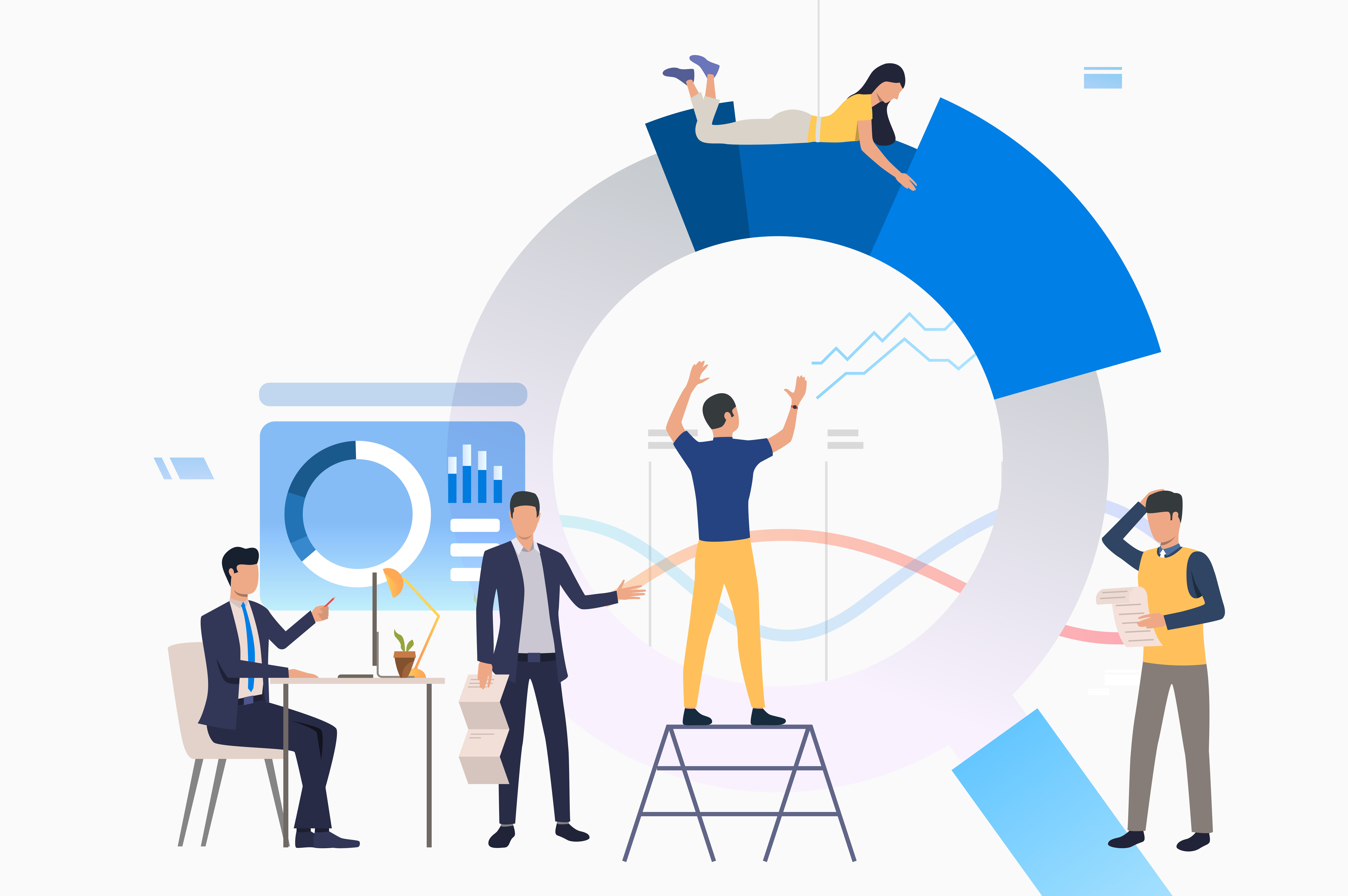Fax Machines. Blackberrys. iPod Touches. Typewriters. Pay Phones.
All things we rarely use because better, more efficient things have come along to replace them. The same goes for HR technology.
Evolution Of HR Tech
Before the 1970s, all HR was paper-based—no way to edit documents and send them back in a quick manner. In the ’80s, we moved to fax machines. In the late ’80s, one of the first HR technologies, Peoplesoft, was released, and Oracle later followed, although most companies didn’t have the budget or IT capacity to utilize them (a theme still common today). However, HR systems continued to evolve and grow, with HR portals making an impact in the early 2000s, and by 2015, 90 percent of companies had some type of self-service HR Tech. However, most of this technology focuses on documentation and numbers and not so much on the People.
And it’s not like that isn’t necessary—A study done by SHRM defines these technologies as “E-HR.” They are needed to streamline processes, improve service, help HR leaders manage their workforce, and make HR more impactful in business and not just as “HR.”
Presently
Today, comprehensive Employee Experience engagement systems that take your technology data into account are not very accessible unless you have a big budget and project owners that can tie the systems together manually. They require large IT departments with massive capabilities and a staff full of expensive data scientists. On the other hand, more affordable options rely on the manual input of data, think surveys, and are periodic in nature and miss the gaps in between those surveys. There are inevitably technology and data gaps as well—because most of these systems have no easy way to connect to the tools your teams use to actually get work done. This makes it difficult for the average high-growth business to use the people data they are continuously producing in an actionable and accessible way.
Looking Ahead
But now, we are entering a whole new ballpark. Microsoft launched an employee experience platform called “Viva” last Thursday, and the announcement reaffirms the future of HR Technology in a big way. The platform has four components— “Connections,” “Insights,” “Topics,” and “Learning.”
Now, Microsoft is not the first company to launch an employee experience platform, and many big companies have already adopted them. For good reason—companies with higher employee engagement rates are 21 percent more profitable than competing organizations.
There are many benefits of using employee engagement platforms—you aren’t just looking at numbers, but looking at an employee’s preferences, work style, and collaboration techniques. Gone are the days of waiting to measure your employee’s engagement through surveys that may not necessarily tell the truth (response bias, anyone?), and even so, are periodic. Employee engagement platforms passively analyze data and allow you to detect burnout before it happens, provide personalized recommendations, show you where your team is connected, and more. Since people are the heart of the business, it’s necessary to make sure your employees are engaged to ensure productivity and happy employees to avoid unfortunate turnover costs.
Microsoft’s massive launch of Viva makes a clear case that employee engagement is not just a blip in time, but a long-term competitive strategy. While Microsoft has many tools, most companies use products outside of the Microsoft portfolio that deserve to be analyzed too (think of all the tools your company uses that aren’t Microsoft products). Viva will undoubtedly make an enormous impact, but it won’t be able to implement all of the non-Microsoft tools that companies use in its analysis—only third-party platforms can do that, and likely at a lower cost than Microsoft.
Change is Coming
Microsoft’s Viva announcement is a big deal and will inevitably force other companies to hop on the bolstered employee engagement train. Companies not passively/continuously analyzing data will not remain competitive, and employee engagement software will undoubtedly continue to become a huge industry.
If you are a growth-stage company and want to hop on the employee experience train, consider Peoplelogic. Peoplelogic is a People Intelligence platform that passively analyzes the aggregate data your team is producing through tools you already use to help managers get ahead of potential team risks such as bottlenecks, burnout, goal misalignment, and overworking. Happy and healthy employees lead to a happy and healthy company.
You aren’t still using a Pay Phone or a Blackberry (hopefully). So why would you continue using outdated HR Technology?
Recent Posts
Browse all articles


.svg)
.avif)


